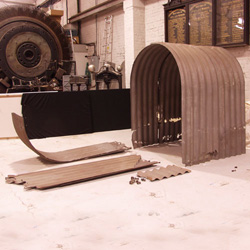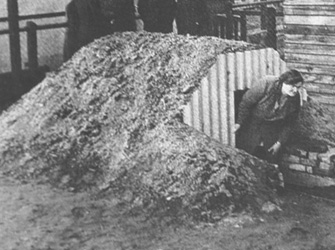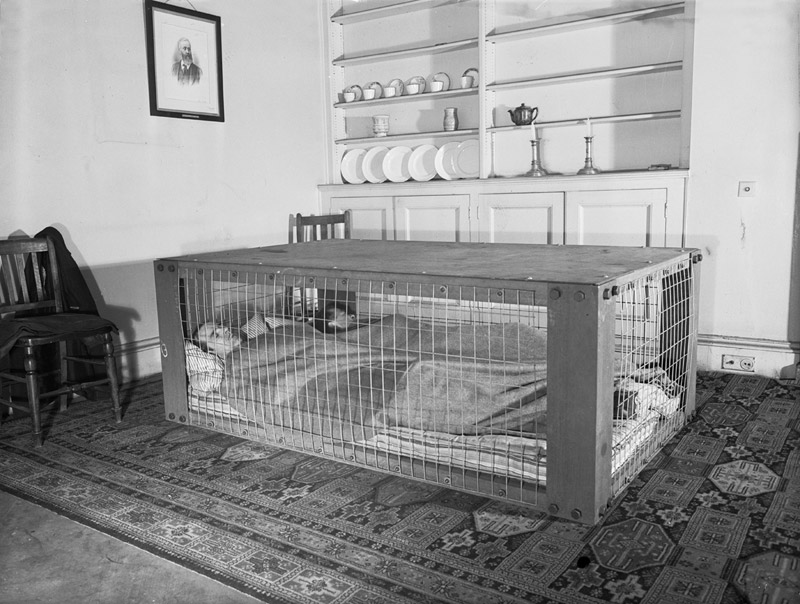Great Yarmouth History
The Quandary
In the years prior to the Second World War there was a dilemma facing those charged with the defence of the civilian population in the event of war. It was protecting people from air raids, where the safest place was below ground and protecting them from gas attack, where it was safer to be above ground. No progress was made towards coming to a decision until Sir John Anderson (Lord Privy Seal) who had special responsibility for Air Raid Precautions was appointed.
The Anderson Shelter


Sir John Anderson came to the conclusion that some sort of air raid shelter should be produced. In 1938 he chose a design by William Paterson and Oscar Carl Kerrison and named it after himself. The Anderson Shelter was born. By September 1940 2,300,000 shelters had been distributed. The shelters which were designed to accommodate up to six people were free to those that earned less than £250 a year, with a charge of £7 made to those that were on a higher income.
The construction was cheap and simple but offered good protection except in the case of a direct hit. The Anderson Shelter was made of galvanised corrugated steel panels. The roof was made of curved panels and the walls of straight panels. The whole structure was buried four feet in the ground with a least fifteen inches of soil above the roof of the shelter.
However the Anderson Shelter was not the complete answer to protection during air raids. It became apparent that as all night alerts became the norm this shelter was damp and cold especially in the winter months. This lead to the development of the Morrison Shelter.
The Morrison Shelter

The Morrison Shelter was designed by John Baker and named after Herbert Morrison, The Minister for Home Security This shelter was meant to be installed inside the home. The shelter was a steel cage with an eight of an inch steel top and was designed to be able to withstand the pressures created when a house collapses. People were meant to get into the shelter during air raids.